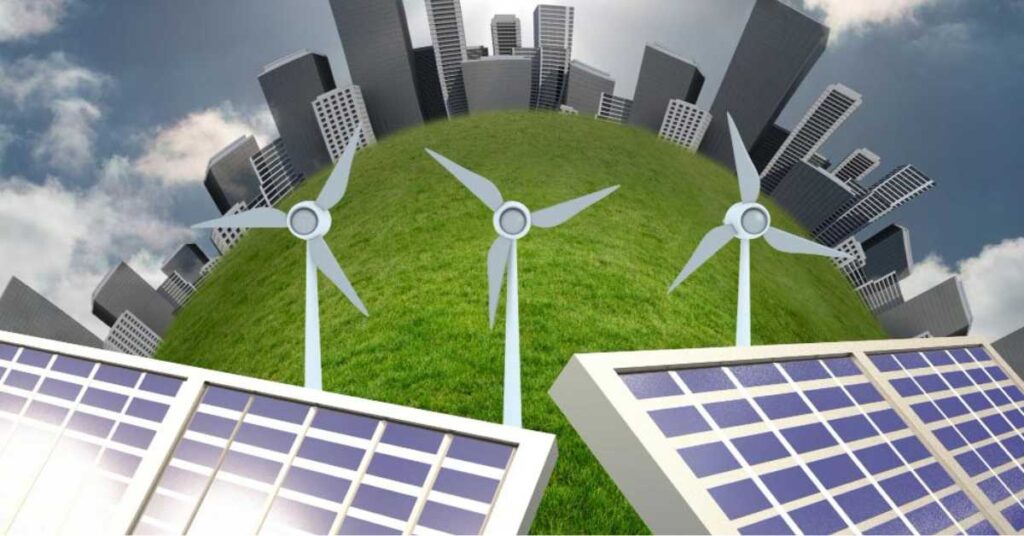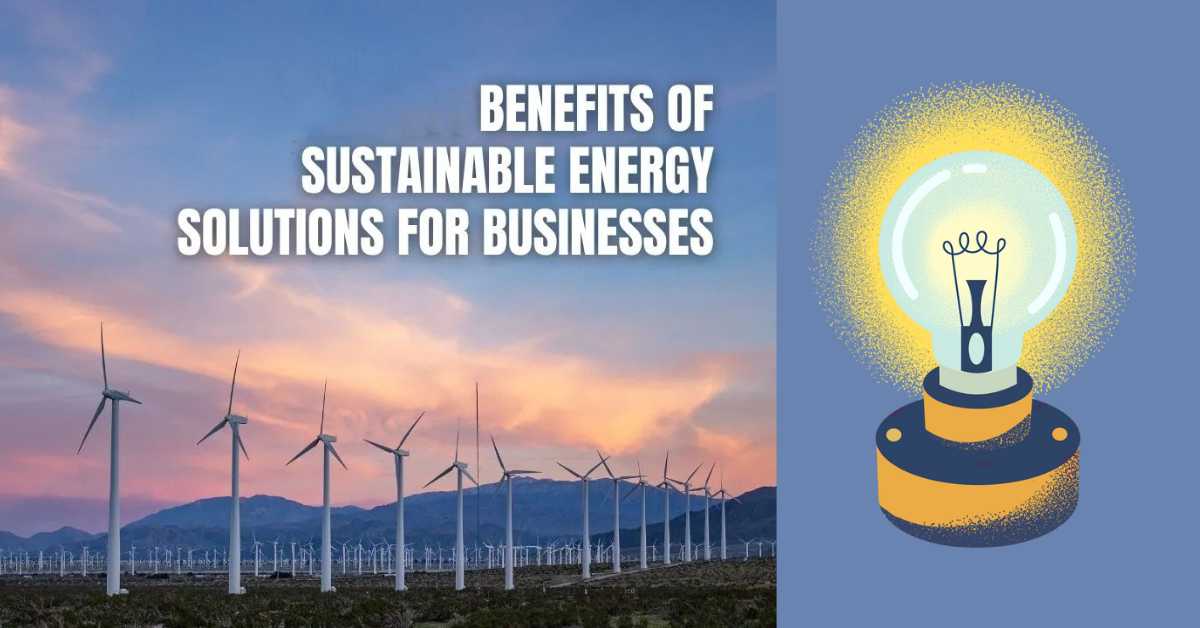Email: [email protected]


The world is undergoing a significant transformation, driven by the urgent need for a more sustainable future. Renewable energy is at the forefront of this shift, playing a vital role in reducing our reliance on fossil fuels and mitigating climate change. In recent years, remarkable advancements have been made in renewable energy technologies, making them more efficient, affordable, and accessible. Solar energy, wind power, hydrokinetic energy, geothermal energy, and bioenergy have all seen significant improvements, driving growth and adoption.
This article will delve into the latest developments in renewable energy, highlighting innovations, trends, and breakthroughs that are revolutionizing the way we generate, consume, and think about energy. From energy storage solutions to smart grids, we will explore the cutting-edge technologies and strategies that are shaping the future of renewable energy. By understanding these advancements, we can better navigate the transition to a low-carbon economy and create a more sustainable world for generations to come.
Solar energy has experienced remarkable growth, driven by significant improvements in panel efficiency and reduced costs, making it a competitive option for renewable energy. Bifacial panels, which harness energy from both sides, have increased efficiency by up to 25%, allowing for more energy generation per unit area. Perovskite cells, a new type of solar cell, have shown promising results with higher power conversion efficiency rates, potentially revolutionizing the industry.
Additionally, advancements in solar panel technology, solar energy storage systems, and smart inverters have further enhanced the viability of solar energy. With the rise of residential and commercial solar installations, solar energy is becoming an increasingly important contributor to the global energy mix.
Wind energy has undergone significant transformations, driven by innovations in turbine design and installation techniques. Larger turbines, with higher hub heights and longer blades, have increased energy production capacity, capturing more wind resources. Floating wind farms have opened up new possibilities for offshore wind energy, enabling the exploitation of stronger and more consistent winds in deeper waters.
Advancements in wind turbine materials, gearbox design, and blade aerodynamics have further improved efficiency and reduced maintenance costs. As the demand for renewable energy continues to grow, wind power is poised to play a vital role in the global energy transition, with applications in both onshore and offshore environments.
Hydrokinetic energy, a cutting-edge renewable energy source, harnesses the power of moving water to generate electricity. Tidal energy technologies, which capture the predictable and cyclical movement of ocean tides, have shown great promise. Wave energy technologies, which convert the kinetic energy of ocean waves into electricity, are also being developed. These innovative technologies have the potential to unlock the vast energy potential of our oceans, providing a reliable and constant source of renewable energy.
Hydrokinetic energy can help reduce our reliance on fossil fuels, mitigate climate change, and ensure a sustainable future. With ongoing research and development, hydrokinetic energy is poised to become a significant contributor to the global energy mix.
Click on the next page button to continue enjoying the article!












Don’t miss our future updates! Get Subscribed Today!
©2024. Inform. All Rights Reserved.
To provide the best experiences, we and our partners use technologies like cookies to store and/or access device information. Consenting to these technologies will allow us and our partners to process personal data such as browsing behavior or unique IDs on this site and show (non-) personalized ads. Not consenting or withdrawing consent, may adversely affect certain features and functions.
Click below to consent to the above or make granular choices. Your choices will be applied to this site only. You can change your settings at any time, including withdrawing your consent, by using the toggles on the Cookie Policy, or by clicking on the manage consent button at the bottom of the screen.
